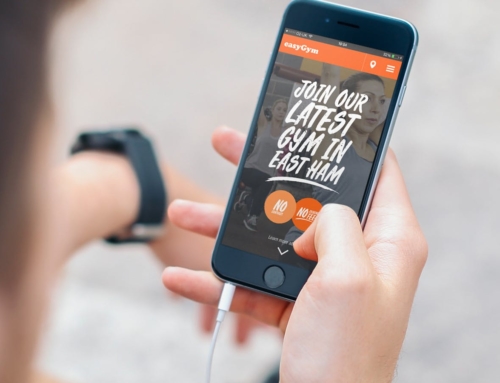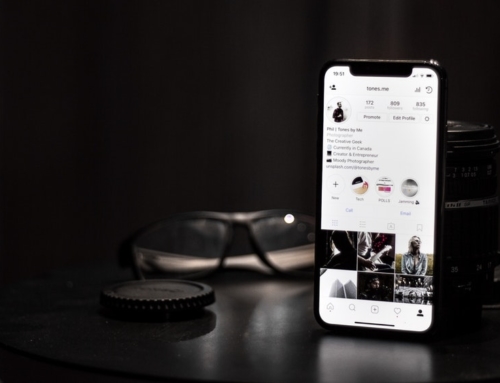
1. DOUBLE CHECK THAT YOU REALLY UNDERSTAND THE PROBLEM!
It may seem obvious, but it’s likely the most common error when solving a complex challenge. Often, in someone’s eagerness to find a valid solution it can be easy to generalize the real issue. But solving a strawman doesn’t help in the end and can waste your valuable time.
Creative design thinking gives us the tools to solve problems in new ways. Take a deep breath, read over the challenge, ask clarifying questions, restate what you’ve heard, empathize with this pain, and only then start to devise a plan. You will be amazed at how much clearer things become when you fully know what the problem is in clear detail.
Make sure you fully understand the real problem. Because if you don’t truly grasp the issue at hand, then how can you ever expect to then effectively solve it?

2. BREAK THE PROBLEM UP INTO SMALLER SECTIONS.
Often, a tough marketing problem seems to be far worse than it really is due to the sheer size and complexity of it. However, one important method that you should use is to break it up into smaller sized pieces. By doing so, you can deal with each small component rather than the entire thing at the one time leading to you feeling as if you are making progress each and every step.
Look for patterns. Question assumptions. And reframe your point of view. By restructuring the problem you can see it in a fresh light. Creative design thinking to the rescue!

3. ITERATE A RANGE OF POTENTIAL SOLUTIONS.
With particularly difficult problems, we can often focus on trying to come up with the one perfect solution, but that in its own right is not easy. We become bogged down in this negative way of both thinking as well as approaching the problem, and as a result, we get absolutely nowhere fast.
However, the better approach is to consider several potential solutions or answers to your problem for you to then study later on. Having a range of possibilities can open the door to you looking at the problem from a different perspective leading to an increase in the chances of you ultimately cracking the case.
And if in doubt, small scale tests will allow you to understand the viability of particular solutions. While we may feel a solution might be invalid based on past experience, a small scale test removes all doubt. In many cases, the results can delightfully contradict our expectations.

4. IF POSSIBLE, SLEEP ON IT.
If you are trying to deal with a particularly tough problem and have the ability to sleep on it, then do so. The longer you sit in the one place and frustrate yourself with being unable to solve this tough problem is not going to help at all. Frustration will cripple your brain and ability to think to such an extent that you will mentally feel as if everything is on lockdown. Time for a creative design thinking solution: by taking a break from the issue, whether that is by sleeping on it, or even just going and having a well-deserved coffee, can reset the clock and bring that frustration down. Once that happens, it is surprising how you can solve something just by looking at it from a new perspective.

5. DON’T BE AFRAID TO SEEK OUTSIDE HELP.
Have you heard the saying that a problem shared is a problem halved? Well, that saying is certainly true when you come up against a particularly tough marketing problem.
Some days you can reach a point where you’re hitting your head against the proverbial brick wall, but sharing these frustrations with other people can bring a fresh perspective, and may hold the key to the solution. Even then, according to Harvard Business Review, asking for help can be quite tough for even the most stoic of leaders. When in doubt ask yourself: do you have anything to lose by asking for 15 minutes of help?
One of the advantages a creative design agency like Cubicle Ninjas can bring in solving tough marketing challenges is that we’re objective. We can approach your problem from a unique perspective.
And because we complete hundreds of projects each month for a diverse range of clients. This helps us have the latest experience with cutting-edge techniques while understanding what can work most effectively for particular audiences. We bring a wealth of diverse technical backgrounds to the table with each conversation.









